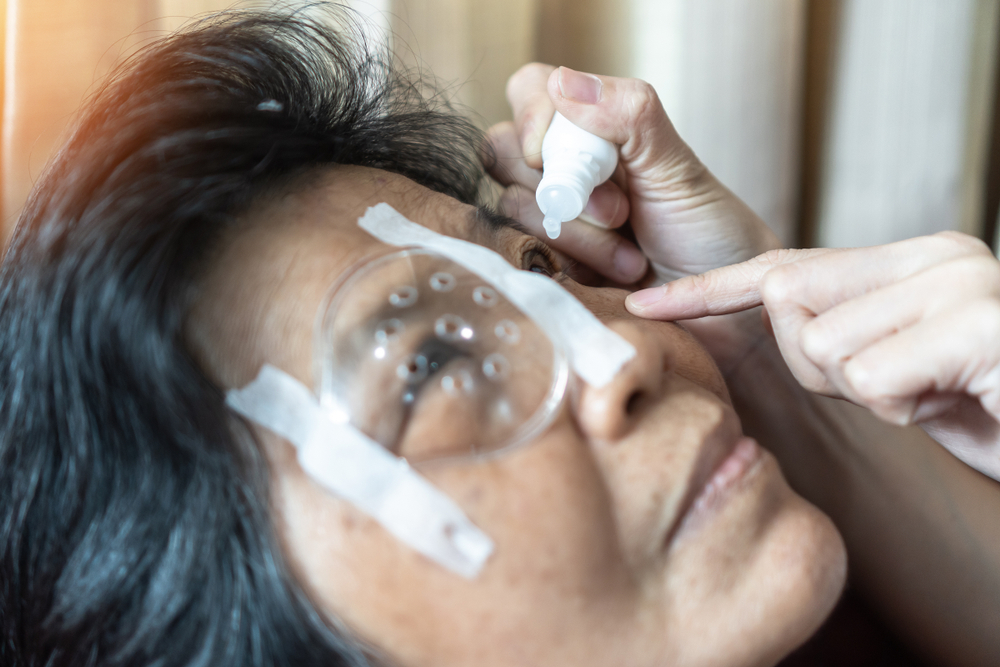Understanding Seizure Treatments and Its Impact on Health
Seizures affect millions of people worldwide and represent one of the most misunderstood neurological conditions. These sudden electrical disturbances in the brain can range from barely noticeable episodes to dramatic convulsions that significantly impact daily life. Understanding available treatment approaches and their effects on overall health is crucial for patients, families, and caregivers navigating this complex medical landscape. Effective management requires a comprehensive approach that addresses not only immediate seizure control but also long-term health considerations and quality of life factors.

What Are Seizures and Why Do They Happen?
Seizures occur when abnormal electrical activity disrupts normal brain function, causing temporary changes in behavior, movement, feelings, or consciousness. The brain contains billions of nerve cells that communicate through electrical impulses, and when these signals become chaotic or excessive, a seizure results. Various factors can trigger seizures, including genetic predisposition, brain injuries, infections, metabolic disorders, and developmental abnormalities.
Different types of seizures affect people in distinct ways. Focal seizures originate in one area of the brain and may cause localized symptoms like muscle twitching or sensory changes. Generalized seizures involve the entire brain from the onset and can cause loss of consciousness, muscle stiffening, or rhythmic jerking movements. Understanding the specific type and underlying causes helps healthcare providers develop targeted treatment strategies tailored to each individual’s needs.
Available Treatment Options for Seizure Management
Modern seizure management encompasses multiple therapeutic approaches designed to reduce seizure frequency and severity while minimizing side effects. Anti-seizure medications remain the primary treatment method, with numerous options available to address different seizure types and patient-specific factors. These medications work by stabilizing electrical activity in the brain, though finding the right medication often requires careful monitoring and adjustments.
Non-pharmacological treatments offer additional options for seizure control. Dietary therapies, such as ketogenic diets, can significantly reduce seizures in some patients, particularly children with specific epilepsy syndromes. Surgical interventions may be considered when medications prove ineffective, including procedures that remove seizure-causing brain tissue or implant devices that stimulate specific brain regions. Vagus nerve stimulation and responsive neurostimulation represent newer technological approaches that can complement traditional treatments.
Long-term Impact on Health and Well-being
Seizures and their treatments can significantly affect various aspects of health beyond the neurological symptoms themselves. Cardiovascular health may be impacted by both seizure activity and certain medications, requiring regular monitoring and lifestyle adjustments. Bone health can be affected by long-term medication use, making calcium and vitamin D supplementation important considerations for many patients.
Mental health considerations are equally important, as living with seizures can lead to anxiety, depression, and social isolation. The unpredictable nature of seizures often creates psychological stress that extends to family members and caregivers. Cognitive function may also be affected by both seizure activity and treatments, potentially impacting memory, concentration, and learning abilities. Addressing these broader health impacts requires a multidisciplinary approach involving neurologists, psychiatrists, nutritionists, and other healthcare professionals.
Essential After Care Tips for Seizure Patients
Post-seizure care focuses on ensuring safety, monitoring recovery, and preventing future episodes. Immediate aftercare involves maintaining airway clearance, protecting the person from injury, and providing comfort during the recovery period. Creating a safe environment by removing potential hazards and ensuring supervision when necessary helps prevent seizure-related injuries.
Long-term aftercare strategies include maintaining consistent medication schedules, tracking seizure patterns, and identifying potential triggers. Regular medical follow-ups allow for treatment adjustments and monitoring of side effects. Lifestyle modifications such as adequate sleep, stress management, and avoiding known triggers play crucial roles in seizure prevention. Emergency preparedness, including seizure action plans and ensuring family members know appropriate response procedures, provides additional safety measures.
Recovery monitoring involves observing for prolonged confusion, breathing difficulties, or injuries that may require immediate medical attention. Keeping detailed seizure logs helps healthcare providers make informed treatment decisions and identify patterns that might inform prevention strategies. Building strong support networks through patient groups and educational resources empowers patients and families to manage this condition effectively.
Seizure management represents a complex but manageable medical challenge that requires comprehensive care addressing both immediate treatment needs and long-term health considerations. Success depends on collaborative relationships between patients, families, and healthcare teams, combined with commitment to consistent treatment approaches and lifestyle modifications that support overall well-being.
This article is for informational purposes only and should not be considered medical advice. Please consult a qualified healthcare professional for personalized guidance and treatment.




